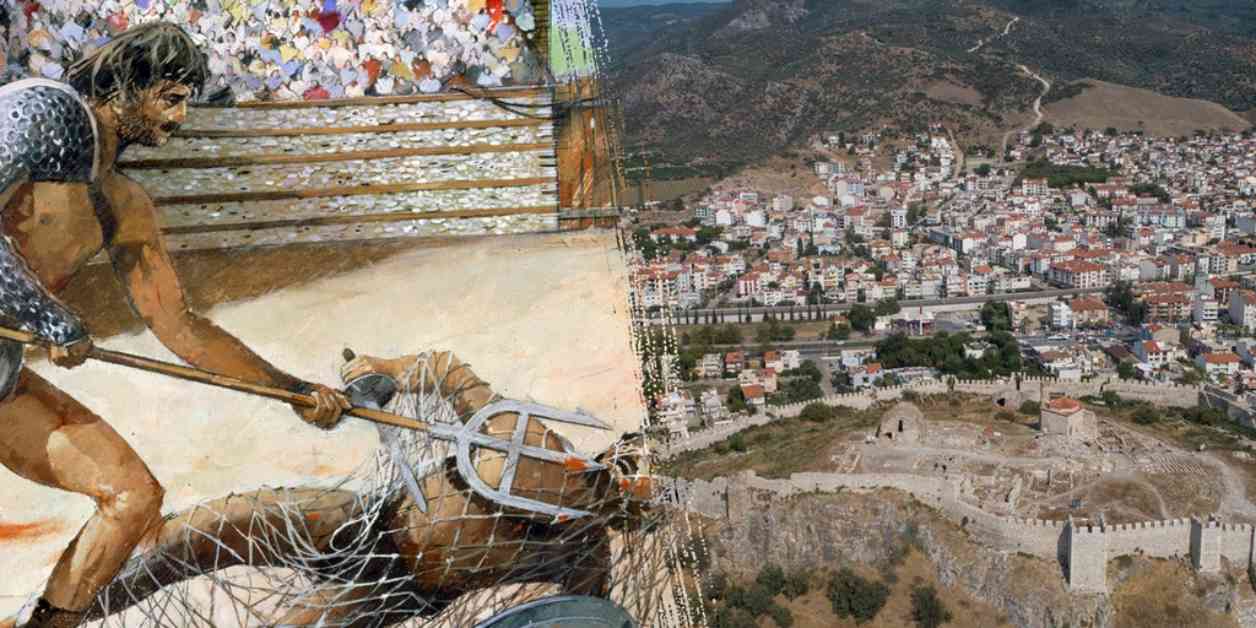In Turkey, archaeologists recently made a rare discovery – the tomb of a Roman gladiator dating back to the third century B.C. The tomb, located in Selcuk, Izmir, Turkey, was found during the excavation of St. John Monument. The excavation was led by associate professor Sinan Mimaroglu from Hatay Mustafa Kemal University. Interestingly, the tomb was later reused during the fifth century A.D. to hold the remains of 12 individuals.
The Roman gladiator buried in the tomb was identified as Euphrates. Gladiators in ancient Rome were professional fighters who entertained crowds in arenas. Initially, many gladiators were enslaved or criminals, but voluntary participation became more common as the battles gained popularity. Gladiators would engage in combat, often under the watchful eye of a referee. While early battles frequently resulted in death, this became less common as gladiators received extensive training and were costly to replace.
Historians estimate that around one in five or one in ten gladiatorial battles ended in the death of a combatant, with many gladiators not living past their mid-20s. Similar tombs to the one discovered in Turkey have been found in other locations. Inside the recently unearthed tomb, crosses dating back to the fifth century were found carved into the walls, with additional crosses on the lid believed to have been added in the seventh and eighth centuries.
Little is known about the 12 individuals buried in the tomb, but it is believed they came from a higher social class or were part of the clergy. The discovery of this tomb provides valuable insights into ancient burial practices and sheds light on the ancient city of Ephesus. This finding is significant for researchers studying the history of the region.
The excavation of the tomb adds to our understanding of Roman history and the lives of gladiators. It offers a glimpse into the past and allows us to learn more about the people who lived during that time. The artifacts found within the tomb provide a connection to the past and contribute to the ongoing research in the field of archaeology. This discovery serves as a reminder of the rich history that lies beneath our feet and the importance of preserving and studying these ancient sites.




